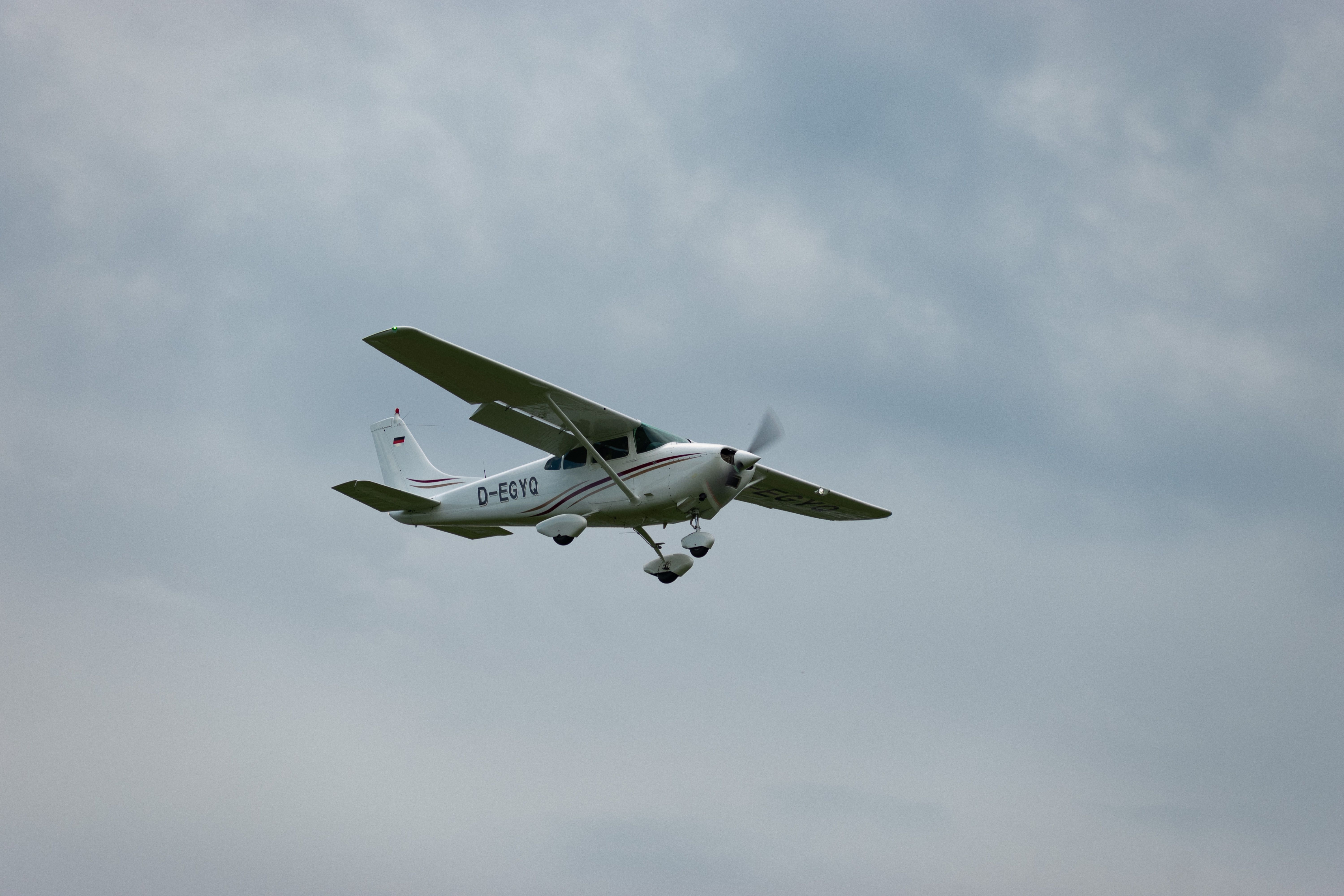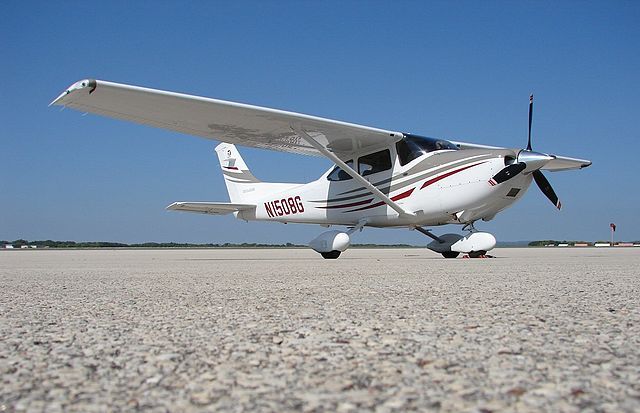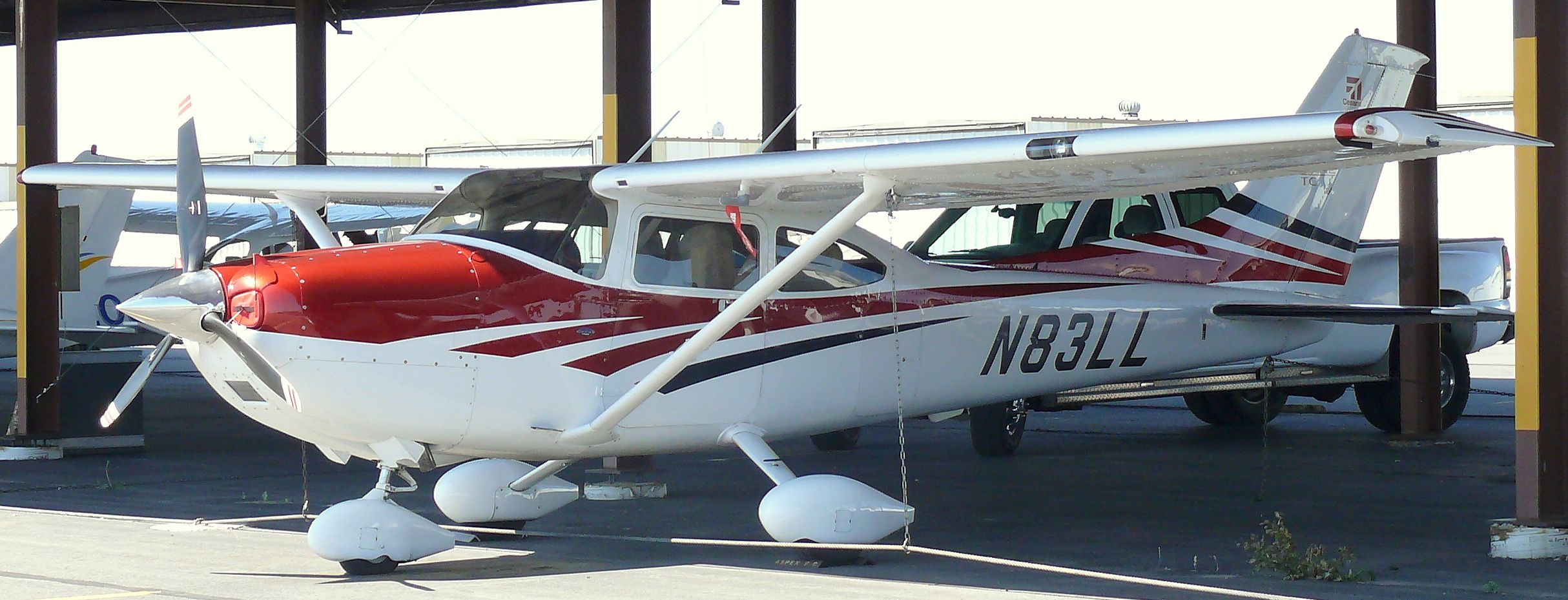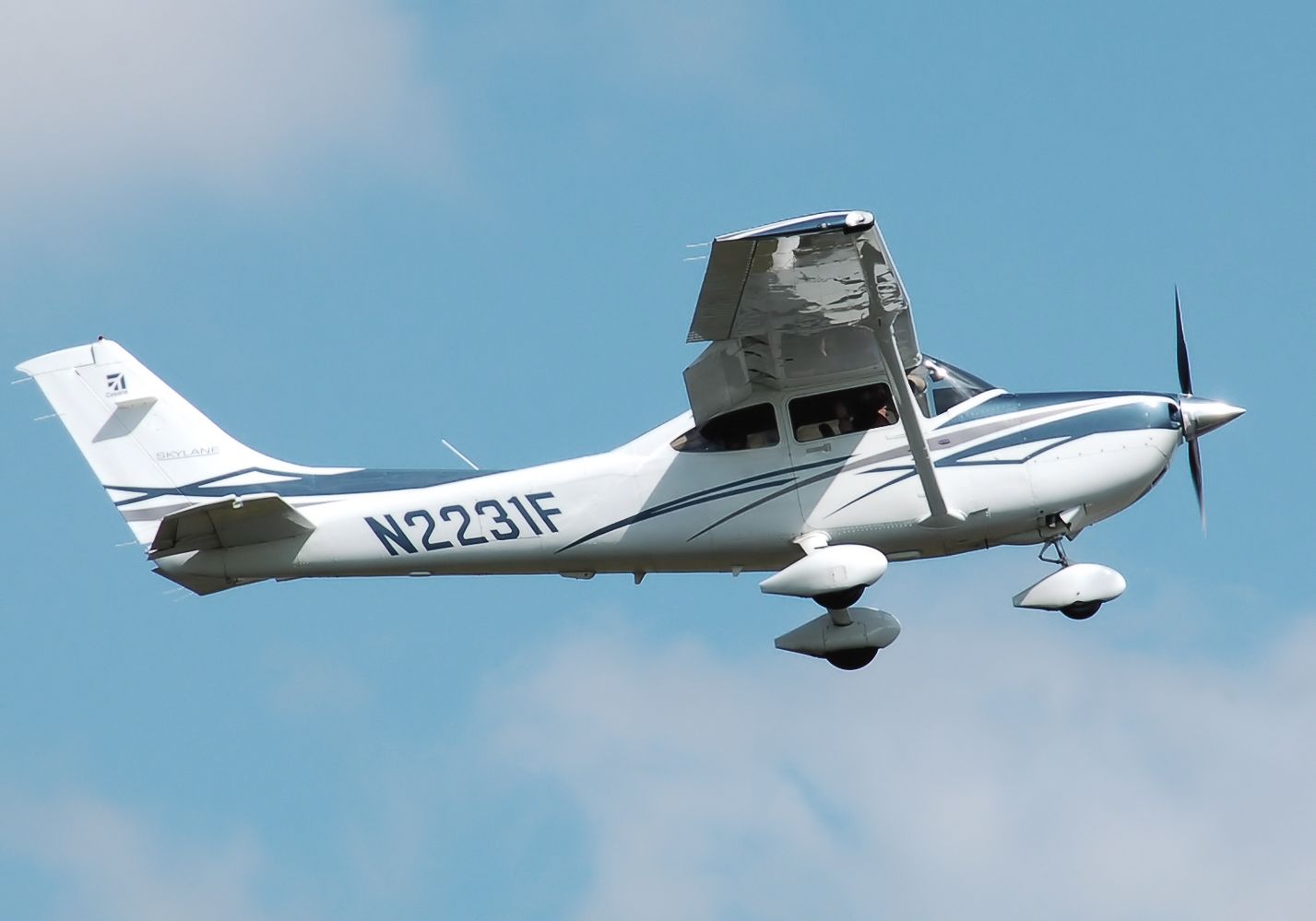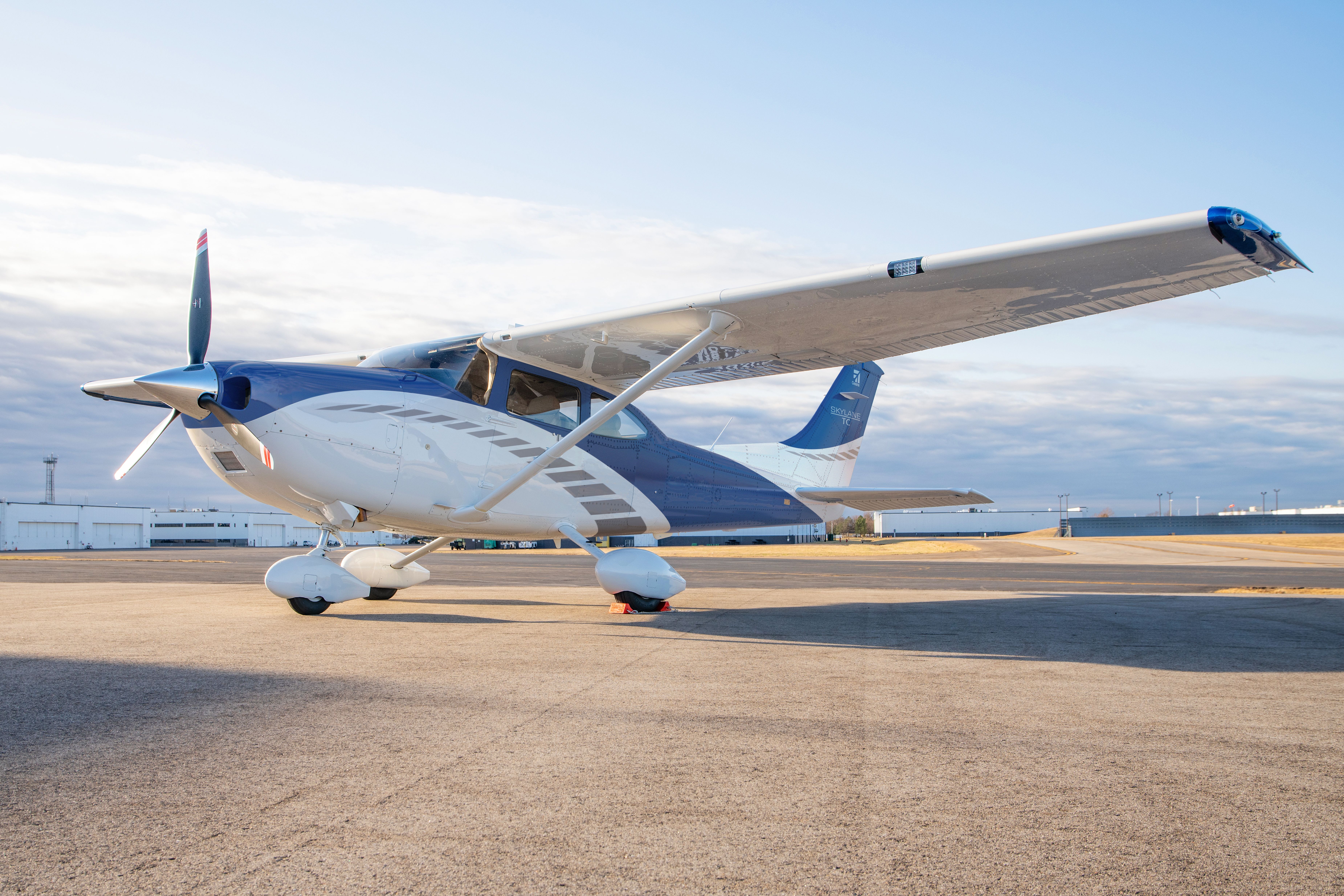Summary
- Single-engine Cessna, which are popular due to simplicity & reliability, are used for training, recreation & short-haul transport.
- The Cessna 182 Skylane, with a 230-hp engine, offers a cruise speed of 140 knots & a range of 915 nautical miles.
- Turbo Skylane T182 provides comfort, and power with heated propeller, oxygen system, and a G1000 NXi avionics suite.
The Cessna 182 Skylane belongs to a class of single-engine Cessna aircraft powered by a piston engine. These versatile planes are widely used for various purposes, including training, recreational flying, and short-haul transportation. Known for its simplicity, reliability, and ease of maintenance, the single-engine Cessna has been a staple in general aviation for decades.
.jpg)
Related
44 Years Ago Today A Cessna 182 Disappeared Inflight Over Australia’s Bass Strait
How a pilot’s fascination with UFOs led to his disappearance.
Pilots appreciate the straightforward design of this aircraft, alongside the predictable flight characteristics, and affordability. Whether a student pilot or an experienced aviator, flying a single-engine Cessna offers a rewarding experience in the skies. With unique features, the standard configuration of this aircraft and the variant with a turbo configuration have become popular choices for general aviation and private flying enthusiasts. Let’s take a closer look at these two aircraft of the Cessna 182 Skylane family.
Photo: Robert Buchel | Shutterstock
Cessna 182 Skylane
The Cessna 182 Skylane features an all-metal airframe primarily constructed from aluminum alloy. Its high-wing design provides excellent visibility from the cockpit. It is powered by a 230-horsepower Lycoming IO-540-AB1A5 piston engine and features an all-metal construction with some parts made of fiberglass or thermoplastic material. This horizontally opposed, six-cylinder piston engine provides reliable performance. It also has the option of adding two children’s seats in the baggage area, a feature not commonly found in other aircraft.
Let’s briefly look at the general specs of the regular variant.
| Cruise Speed | Approximately 140 knots (259 km/h). |
|---|---|
| Range | Around 915 nautical miles (1,695 km) |
| Service Ceiling | Up to 18,100 feet (5,517 meters) |
| Takeoff Distance | Typically, 1,010 feet (308 meters) |
| Landing Distance | Typically, 730 feet (222 meters) |
The Skylane’s cruise speed is approximately 140 knots (about 160 mph or 259 km/h). It can reach a maximum speed of around 175 knots (201 mph or 324 km/h). It climbs at a rate of approximately 924 feet per minute. Standard fuel capacity covers approximately 915 nautical miles (1,695 kilometers) on a single flight.
Design and Construction of the Regular Cessna 182
The Skylane features an all-metal airframe primarily constructed from aluminum alloy. The wingspan is approximately 36 feet (10.97 meters), and the length is around 29 feet (8.84 meters). The Skylane’s wing planform resembles the smaller Cessna 172 and larger 205/206 series.
- Empty Weight: 1,968 pounds (893 kg).
- Max Takeoff Weight: 3,100 pounds (1,406 kg).
- Wingspan: Approximately 35 feet 12 inches (10.97 meters).
- Length: Ranges from 25 feet 2 inches to 29 feet (7.67 to 8.84 meters).
- Height: Varies between 9 feet 2 inches and 9 feet 4 inches (2.80 to 2.84 meters).
Avionics and Safety of the Regular Cessna 182
Glass Cockpit: The modern Cessna 182 models have a full G1000 glass panel. This advanced avionics suite integrates primary flight displays (PFD) and multi-function displays (MFD) for navigation, engine monitoring, and situational awareness.
Navigation Systems: Skylanes typically feature GPS navigation, VOR/ILS receivers, and autopilots. These systems enhance precision during flight planning, approaches, and en-route navigation.
Safety Highlights of the Cessna 182 Skylane
Stability: The Skylane’s design provides stable flight characteristics, making it suitable for various missions. This is why air forces from nations such as Afghanistan, Canada, Mexico, the UAE, among others, use the Skylane.
Reliability: Skylane has a good dispatch reliability record, and maintenance shops are familiar with their systems.
Short Field Performance: Skylane excels in short and rough airfield operations as it can take off and land within 350 meters.
Turbo Skylane (T182)
The Cessna 182 Turbo Skylane (T182) combines robust performance with comfort and reliability. Powered by a Lycoming TIO-540-AK1A turbocharged engine, it delivers 235 horsepower for impressive climb rates and cruise speeds. Equipped with a fixed tricycle landing gear, the T182 excels in cross-country flights, mountainous terrain, and high-altitude operations.
Here are the basic specifications of the Turbo Skylane.
| Estimated range | 971 miles |
| Certified ceiling | 20,000 feet (6,096 meters) |
| Maximum speed | 165 knots |
Avionics and safety of the Cessna 182 Turbo Skylane (T182)
Avionics of the Turbo Skylane T182
The Cessna T182T Turbo Skylane features the latest Garmin G1000 NXi avionics suite, which integrates primary flight instruments, communications, airplane system information, and navigational data. Additionally, it includes a heated propeller and an in-cabin oxygen system. The aircraft is powered by a Lycoming TIO-540 engine with 235 horsepower and a Hartzell Engine Technologies (HET) turbocharger, which allows it to climb efficiently to its service ceiling of 20,000 feet.
Safety of the Cessna 182 Turbo Skylane T182
Safety is paramount in aviation, and the Cessna T182T Turbo Skylane incorporates several features to enhance it:
Photo: Textron Aviation
- AmSafe Aviation Inflatable Restraint (A-I-R): The T182T has seatbelt-mounted airbags that inflate within milliseconds upon detecting impact. These airbags provide additional protection for occupants during sudden deceleration or impact.
- Stall Warning System: The T182T has a stick shaker and pusher system to warn pilots of an impending stall. This helps prevent unintentional stalls, especially during critical phases of flight.
Design and Construction of the 182 Turbo Skylane
The Turbo Skylane T182T is an all-metal, single-engine piston, high-wing monoplane. It seats four people, including a crew of one or two. Here are the details about its size and weight.
- Overall height (max): 9’4″ (2.84 m)
- Overall length: 29’ (8.84 m)
- Wing Span (overall): 36’ (10.97 m)
- Cabin Height (max): 48.5″ (1.23 m)
- Cabin Width: 42″ (1.07 m)
- Maximum Takeoff Weight: 3,100 lbs (1,406 kg)
- Maximum Landing Weight: 2,950 lbs (1,338 kg)
All in all
The Regular Skylane and Turbo Skylane use the same 540 cubic inch Lycoming engine. The Regular Skylane lacks the turbocharger, operates at lower altitudes, and typically uses more fuel than the Turbo Skylane. Although the Turbo Skylane has a slight edge in performance, the Regular Skylane remains a reliable and comfortable choice.
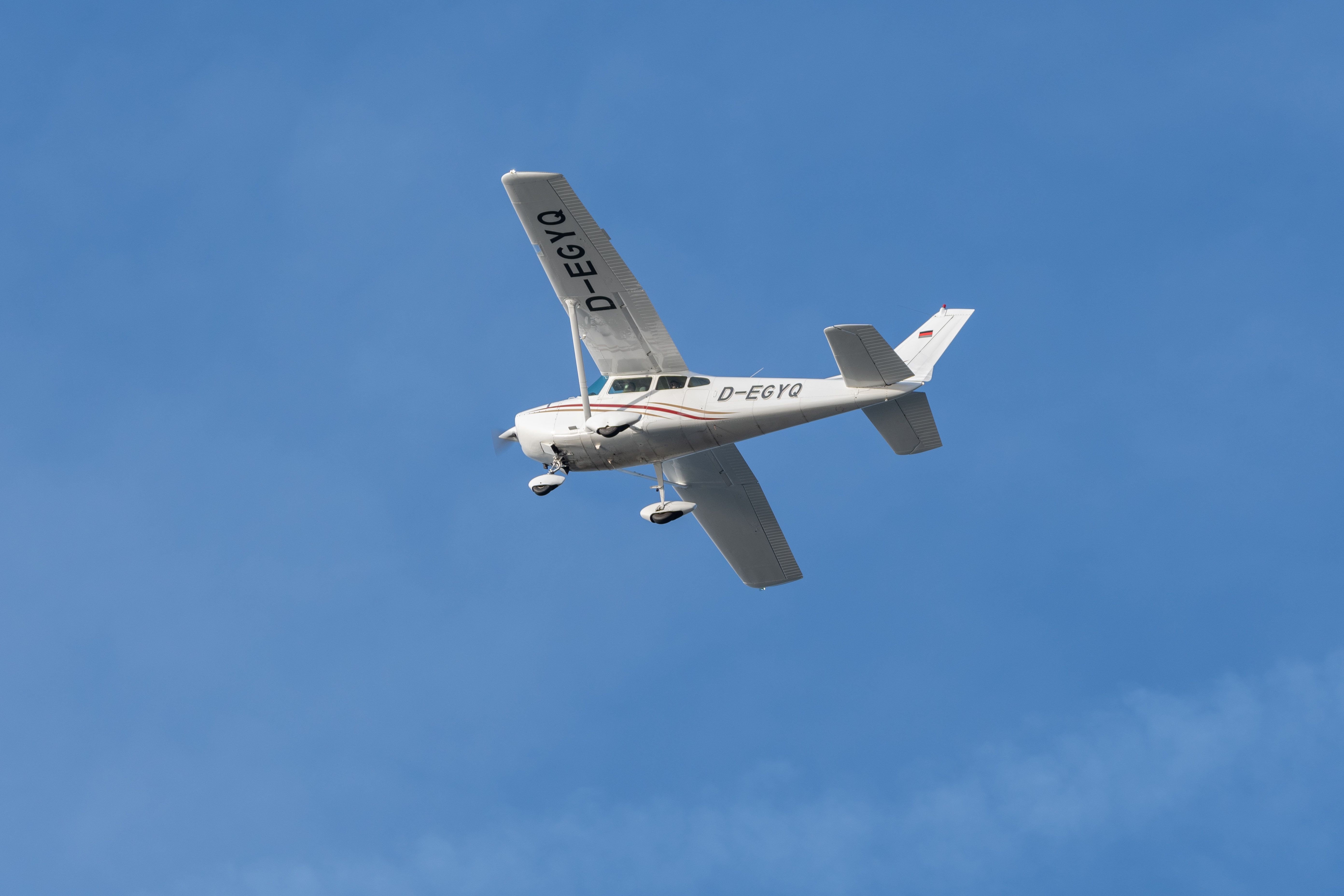
Related
Cessna 182Q Hits Road Vehicle In Buckingham During Landing Attempt
On August 24, the Cessna 182 left tire marks on the roof of a passing car.
Which of these two aircraft do you like better? Let us know in the comments below.


